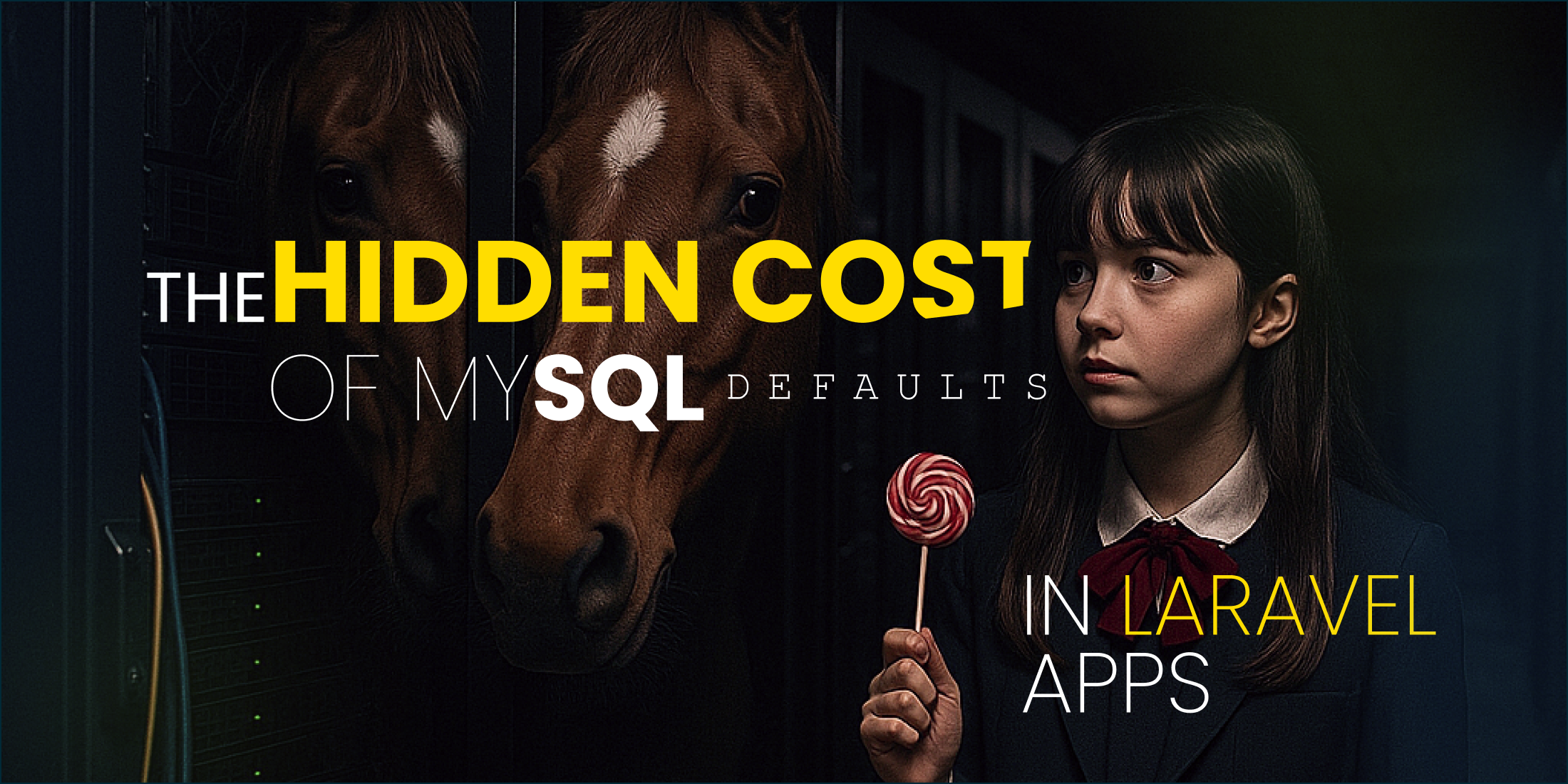https://www.louderwithcrowder.com/media-library/image.png?id=61691690&width=980
Steven brings Change My Mind to the SMU campus to discuss political violence and where it comes from.
Studies claiming more political violence from the Right
Political Violence Omitted From Studies
- AARON DANIELSON: Shot dead POINT BLANK by ANTIFA member Michael Reinoehl BECAUSE he was a Trump supporter. He said so, on camera, WHILE HE KILLED HIM. Source: X
- NOT registered as leftist political violence.
- DARRELL BROOKS: Brooks noted Black Supremacist. (Waukesha) Source: NYPost
- Killed 6 (All White)
- Injured 70
- Comments on Whites
- DAYTON SHOOTER (2019): Connor Betts appears nowhere on TPP database or CATO research. Sources: TPP, CATO, CNN
- SUMMER OF LOVE: Only 232 entries in Database from Summer of Love/George Floyd Protests Sources: TPP, TPP
- 13,600 Total arrests
- 60K Officers Assaulted
- $2B in damages
- At least 19 Deaths
DEFINITIONS
TRUTH: Nearly all white vs minority crimes are registered as “political violence” but not vice versa.
- EXAMPLES:
TRUTH: When it comes to overall violence, rates are infinitely higher in Blue cities.
- 19 of 20 cities with highest murder rates have Blue Mayors. Sources: Axios, CensusScope, Columbia, CHOP
- Mostly located in Red States
- 7 of the top 10 murder states also have the highest black population
- 2% of US counties account for 56% of murders
TRUTH: The CATO, which ONLY focuses on deaths from terrorism, has glaring omissions putting the entire study into question.
- Michael Reinoehl not included
- Darrel Brooks (Waukesha), noted Black Supremacist. Source: NYPost
- Killed 6 (All White)
- Injured 70
- Comments on Whites:
- The Study’s Author Doesn’t Follow His Own Rules.
- ATLANTA SPA SHOOTER: Robert Aaron Long Listed as “Right Wing (Killed 8). Sources: Fox5Atlanta, NBC
- Included as right-wing largely due to his religious ties.
- COMPARE SUTHERLAND SPRINGS: Study author Alex Nowrasteh omitted this shooter. Source: Nowrasteh
- Says shooter was atheist and had argument with mom.
- Baptist = Right Wing
- Atheist = Nothing
- Says shooter was atheist and had argument with mom.
- EXAMPLE: Audrey Hale listed as “Aiden Hale.” SourceL CATO
- EXAMPLE: Mauricio Garcia (Killed 8). Souce: ADL
- ADL disputed that he was politically motivated.
- EXAMPLE: Vance Boelter. Sources: NYPost, MinnesotaStarTribune
- Explicitly told reporters it wasn’t because of “pro-life” or “Trump.”
- ATLANTA SPA SHOOTER: Robert Aaron Long Listed as “Right Wing (Killed 8). Sources: Fox5Atlanta, NBC
SINCE TRUMP ELECTED NOV: Right NOW the Left is considerably more violent.
- The left has killed 2X as many people. Source: CATO
- Left-wing terrorism at worst in 30 years. Source: CSIS
TRUTH: Every meaningful POLL of individuals suggests Left more willing to commit violence than the Right
- YouGov asked if its acceptable to be happy about death of public figure you oppose:
- ALWAYS UNACCEPTABLE Source: YouGov
- REPUBLICANS: 77%
- DEMOCRATS: 38%
- 44% of Dems Say sometimes acceptable
- ALWAYS UNACCEPTABLE Source: YouGov
- Rutgers 2024 (Bottom pg 4). Source: Study
- 66% responded that the murder of Donald Trump would be somewhat to completely justified.
TRUTH: While the shooting of Rep Melissa Hortman and her husband was a horrible event, it is not comparable at all.
- The murderer, Vance Boelter specifically said his actions were not inspired by “Trump or pro-life stuff.”
- He left a letter claiming he was part of a Tim Walz directed government hit. Source: NYPost, MinnesotaStarTribune
- And it was roundly condemned by those on the right as violence. No, Senator Mike Lee’s comments on X (NBC) are not comparable to what we saw with Charlie Kirk.
- SEN MIKE LEE QUOTES:
- “Nightmare on Waltz Street”
- “This is what happens when Marxists don’t get their way.”
- “These hateful attacks have no place in Utah, Minnesota, or anywhere in America.”
TRUTH: You’ve seen far worse examples than Jan 6 on the Left
- KEY FACT 1: J20 PROTESTS Source: Independent
- 217 Arrests
- $100K+ in damages (minimum)
- KEY FACT 2: “Summer of Love” George Floyd Riots Sources: ABC, Axios, Forbes
- 60K Officers Assaulted
- $2B in damages
- At least 19 Deaths
- KEY FACT 3: Church burning and attempted ransacking of the White House. Source: CNN, WaPo
- FINAL POINT: Compared to Jan 6 which resulted in only
- 1 Death of Ashley Babbitt.
- 275 FBI Agents Present. Source: TheBlaze
TRUTH: Gun culture on the Right is not to blame. We don’t see this kind of political violence ANYWHERE outside of the political left.
- 1. HIGHER GUN OWNERSHIP CORRELATES WITH LOWER GUN CRIME. Sources: CPRC, CHOP, CrimeResearch
- 2% of US counties account for 56% of murders
- And nearly all high-murder counties have a major city with a Democrat mayor.
- SOURCE: Crime Prevention Research Center and a Columbia University Study,
- 2% of US counties account for 56% of murders
- 2. 94% OF ALL MASS SHOOTINGS SINCE 1950 HAVE OCCURRED IN GUN FREE ZONES.
- SOURCE: Study from Crime Research, University of Chicago and John Lott:
- 3. DEFENSIVE FIREARM USES FAR OUTWEIGH FIREARM HOMICIDES. Sources: National Academics, Georgetown
- Almost all national surveys estimate annual defensive uses of firearms ranging from approximately 500,000 to more than 3 million, indicating defensive gun uses by victims are at least as common as offensive uses by criminals.
- SOURCE: NationalAcademics.org
- Almost all national surveys estimate annual defensive uses of firearms ranging from approximately 500,000 to more than 3 million, indicating defensive gun uses by victims are at least as common as offensive uses by criminals.
- Also numbers that reflect we are in fact not the most violent nation on earth or even highest with gun deaths.
- US ranks 57th in terms of murder rate worldwide.
Louder With Crowder










 Not long ago, picking an in-memory key-value store was easy. Redis was the default. Fast, simple, everywhere. Then the rules changed. Redis moved to a much more restrictive license. Suddenly, many companies had to rethink their plans, especially if they cared about staying open source or needed flexibility for the cloud. That’s when Valkey arrived. […]Percona Database Performance Blog
Not long ago, picking an in-memory key-value store was easy. Redis was the default. Fast, simple, everywhere. Then the rules changed. Redis moved to a much more restrictive license. Suddenly, many companies had to rethink their plans, especially if they cared about staying open source or needed flexibility for the cloud. That’s when Valkey arrived. […]Percona Database Performance Blog
